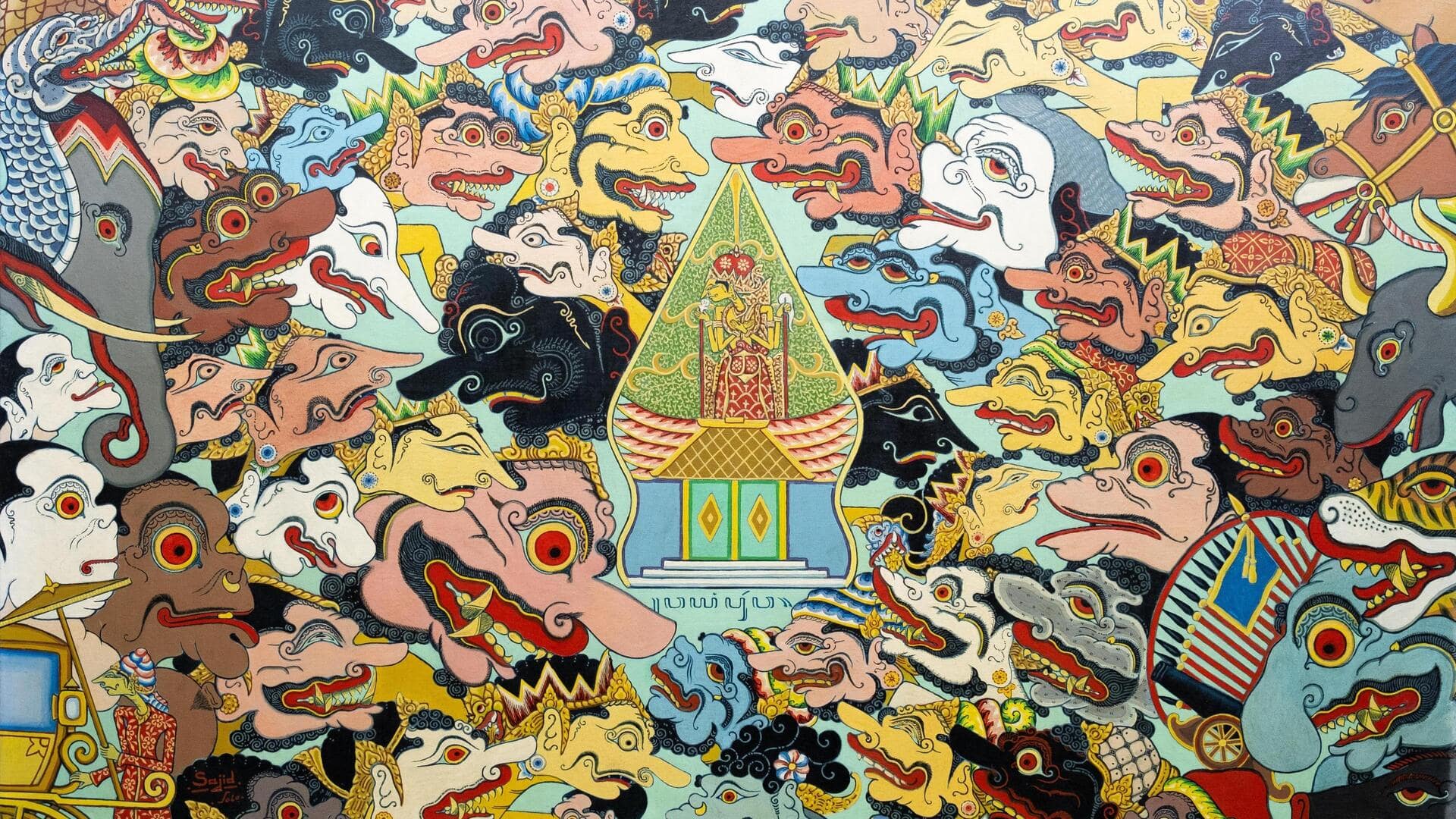
Javanese Wayang art: Concept, history, and more
What's the story
Wayang art is a traditional Indonesian puppet theater that has been captivating audiences for centuries. Hailing from the island of Java, the art form combines intricate puppetry with storytelling, music, and dance. It is a cultural treasure that provides a glimpse into Indonesia's rich heritage. Wayang art is not just entertainment but also an educational tool that conveys moral lessons and cultural values.
#1
Historical roots of Wayang art
Wayang art dates back to ancient Java, where it was performed during ceremonies and community events. The word "wayang" means "shadow" in Javanese, referring to the shadows cast by the puppets on a screen. Over the years, the art form evolved from shadow plays to include wooden puppets and live performers. It became an integral part of Javanese culture, preserving folklore and history.
#2
Types of Wayang performances
There are several types of Wayang performances, each with its own unique characteristics. Wayang kulit uses flat leather puppets for shadow plays, while Wayang golek employs three-dimensional wooden figures. Each type offers different storytelling techniques and visual experiences. Performances can last several hours or even days, showcasing epic tales from Hindu epics like Ramayana and Mahabharata.
#3
Cultural significance in Indonesia
Wayang art holds immense cultural significance in Indonesia as it serves as a medium for preserving traditions and educating people about moral values. It is commonly performed during festivals, weddings, and other important occasions. The performances not only entertain but also instill community cohesion by bringing people together to witness these age-old stories.
#4
Modern adaptations of Wayang art
In recent years, there has been an effort to adapt wayang art for modern audiences without losing its traditional essence. Some artists have incorporated contemporary themes or technology into their performances while retaining the core elements of this ancient craft. These adaptations help keep wayang relevant amid changing societal dynamics, ensuring its continued appreciation both locally and globally.